Why can’t the war be won with drones alone, and what role do assault units play in modern warfare? How…

This year’s MSPO 2025 arms exhibition, held in the Polish city of Kielce, once again confirmed its status as one of the most influential platforms in Europe’s defense industry.
Over the course of four intensive days, more than 700 companies from 34 countries showcased the latest technologies, weapons systems, and security solutions. Among the key events were the signing of strategic agreements, the presentation of advanced drones, early warning and command aircraft, as well as debates on the future of Poland’s defense capabilities and those of its partners.
In this interview, we spoke with military expert Anatolii Khrapchynskyi, who personally attended the exhibition. He shared his impressions, assessed the technologies on display, and explained how such events shape the new security architecture in the region. It was a conversation not only about hardware, but also about strategies, challenges, and prospects facing today’s defense community.

— What key themes and highlights would you identify at this year’s MSPO 2025?
— To begin with, virtually all companies are focusing on robotics, from ground platforms to drones and autonomous systems. This is a logical consequence of the war in Ukraine, which has shown the world that the future battlefield belongs to machines capable of acting faster, more precisely, and most importantly — saving the lives of personnel.
At the same time, we are seeing modernization of existing types of weapons, with manufacturers trying to adapt old systems to new realities and “squeeze the maximum” out of current technologies.
But problems remain. Despite dozens of flashy presentations, the European defense technology market is still fragmented.
There is no unified strategy to drive integration or coordinate efforts across countries. This underscores the main point: Europe, even as it faces threats like Russian drones intruding into EU territory or electronic warfare systems disrupting civilian aviation navigation, is still not ready for a large-scale war and continues to hope it will bypass its territory.
— What new weapons and military technologies were presented at this year’s Expo?
— There were quite a few interesting innovations, including the presentation of Ukrainian ballistic missiles — a clear signal of how quickly our defense industry is advancing. But frankly, the greatest attention was drawn to counter-drone solutions.

These included detection systems and various interception approaches — from classic anti-aircraft guns to new radar platforms.
However, in the “drone vs. drone” segment or in the development of cheap surface-to-air missiles that could provide an asymmetric response to mass attacks, breakthrough solutions are still lacking. This creates the impression that Europe still views the issue more as a concept rather than an everyday reality, where cheap, serially produced tools are urgently needed.
As for electronic warfare (EW) and signals intelligence (SIGINT), there is an interesting trend: manufacturers are actively seeking new approaches to jamming control and communication channels, expanding the range of solutions — from mobile stations to stationary systems with multichannel operations. But what is lacking is the most important thing — real battlefield application.
Many presentations boast impressive technical specifications on paper, but without combat experience these systems remain theoretical. Here lies the key difference between Ukraine’s battle-tested solutions and Europe’s conceptual ones: our systems have been proven by war, while Western ones are still preparing for it.
— Was there an emphasis on unmanned systems and artificial intelligence in defense?
— Unmanned systems and AI were indeed the main theme this year. Almost every country showcased its drone development programs—from light FPVs to heavy strike platforms already moving toward autonomy. AI is being integrated everywhere: in navigation, target recognition, and data analysis.

It is becoming clear that without these elements, any innovation is perceived as outdated.
It was also interesting to see new approaches to military training. Simulators with VR and AR headsets allow soldiers to practice everything from operating equipment to parachute jumps. This digital duplication of war makes training faster, cheaper, and safer. And once weapons are digitized, another advantage emerges — the ability to accumulate data, analyze scenarios, and forecast further developments in combat. This is no longer just a simulator, but a tool for planning future operations.
— Since the exhibition took place in Poland, did the Polish defense sector present any noteworthy innovations? Were there projects aimed at strengthening NATO’s eastern flank?
— Polish manufacturers indeed presented some interesting solutions, particularly in border protection. This reflects a modern approach to warfare, where sensors, drones, and monitoring systems are integrated. But for now, these remain projects on paper.
The reality is simpler — the Polish-Belarusian border is still a metal fence that migrants regularly cut through. In other words, there is still a huge gap between concept and practice.
And here we return again to the old problem of Europe’s fragmented defense industry. In the U.S., for example, F-16s from Lockheed Martin or F-14s from Boeing are all part of a unified combat strategy. In Europe, however, dozens of companies present narrow solutions without integration into an overall architecture. Yes, private sector competition is normal.
But then the question arises: what is the role of the state? Who determines how these solutions should come together into a unified system of battle management and NATO’s eastern flank defense? In my view, without a unified strategy, any innovations risk remaining local experiments rather than elements of collective defense.

— Was the Ukrainian context represented? If so, which key exhibits or technologies stood out to you?
— I hope that next year Ukraine can participate in a more consolidated way, with a single pavilion, as most countries do. For now, we were scattered across various associations and stands, and even visitors remarked that they would like to see a “Ukrainian zone” in one place.
It would also be worth adding an element of information diplomacy — for example, a simple VR stand where anyone could immerse themselves in destroyed Bakhmut or see Bucha after the Russians retreated. This is not only about weapons, but also about explaining the context of the war to those living far from it.
As for exhibits, the Ukrainian lineup looked impressive: from heavy equipment and artillery to cruise missiles, a wide range of drones, and EW/SIGINT tools. These are “combat technologies” that not only look impressive on an exhibition floor, but work daily on the battlefield. And this difference between battle-tested and concept-tested makes the Ukrainian exhibition so attractive to partners.
— What opportunities for cooperation between Ukraine and international partners were discussed at the exhibition?
— It is worth noting once again that international interest in Ukrainian defense products was clearly visible in the negotiations. Polish factories are ready to set up production of components, American companies are offering to modernize electronics, and Canadian firms are prepared to help improve our solutions.
This is no longer just interest but concrete agreements and actions that lay the foundation for production and technological integration. Most importantly, the majority of signed deals have long-term prospects, implementing the ambitious and bold concept of “Build with Ukraine.”

— What role does MSPO play as a platform for discussing security in Central and Eastern Europe amid current threats?
— This platform once again highlighted both the strengths and weaknesses of the region. On the one hand, we see dozens of companies and states presenting their projects, but each pulls in its own direction, and today the European defense market remains fragmented, broken into local initiatives.
On the other hand, such meetings force us to discuss the need for a common vision, the creation of a joint strategy for defense industry development, and the building of a true European Defense Alliance where technologies are integrated into a shared security architecture.
And while today these are still just discussions, we hope that tomorrow they will become political decisions that transform Europe from a fragmented player into a unified defense mechanism — ready not only for exhibitions but for real war.
Here, I see a key role for Ukraine. We are the country enduring the harshest test of war every day, the first to move defense innovations from the concept level to the battle-tested level. And this experience can become the cement that unites Europe’s fragmented initiatives into a single system.
Ukraine is capable of setting the tone of voice for the entire development of Europe’s defense industry — from drones and EW to heavy equipment and logistics. Our solutions have already proven effective on the front lines, and now they can become the foundation for building a United Defense Alliance where Europe will stop merely talking about readiness for war — and will actually be ready.
@armyinformcomua
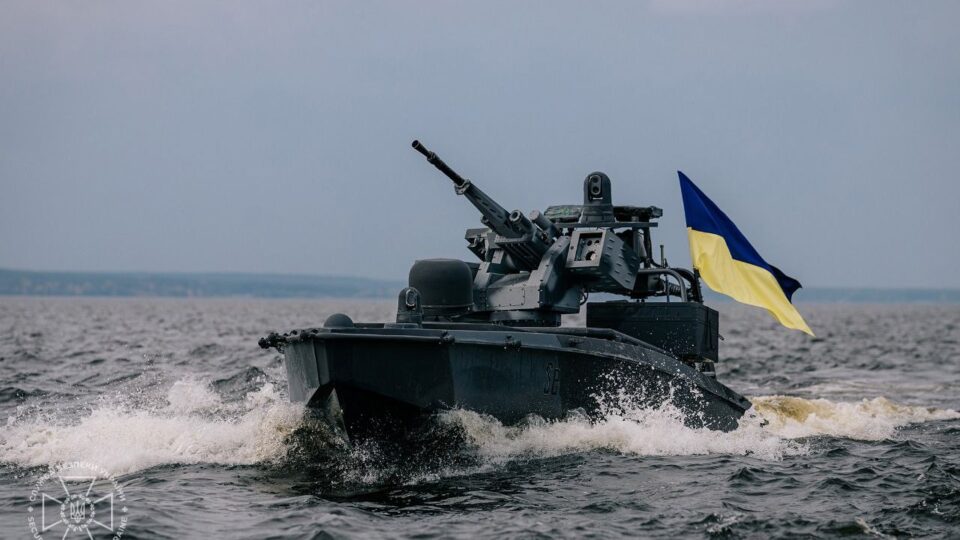
The Security Service of Ukraine (SSU) has presented a new generation of its legendary Sea Baby naval drones, now equipped with 10-round Grad multiple launch rocket systems (MLRS) and capable of carrying up to 2,000 kilograms of payload over a distance of more than 1,500 kilometers.
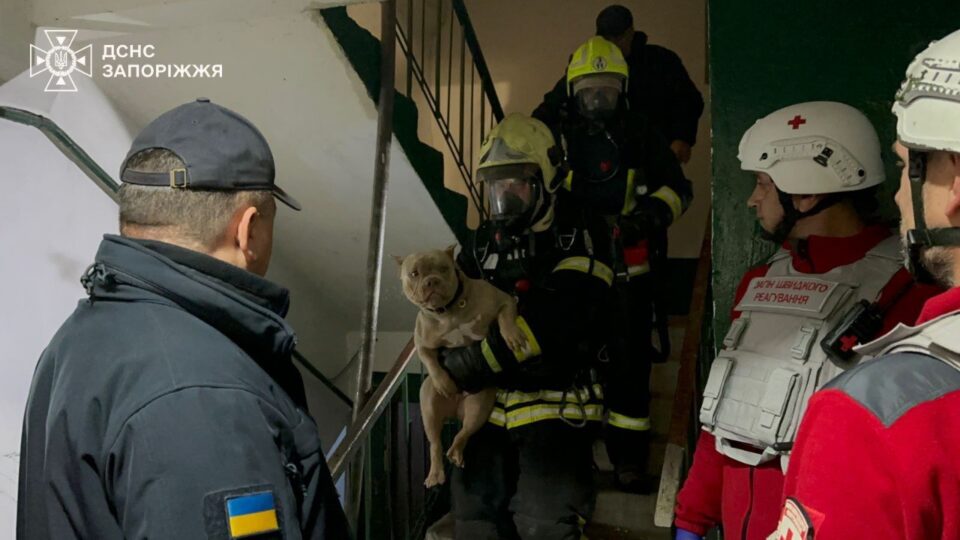
President of Ukraine Volodymyr Zelenskyy, in his statement, expressed condolences to the families and loved ones of those affected by today’s strikes by the occupiers and called on the international community to take more decisive action toward ending the war.
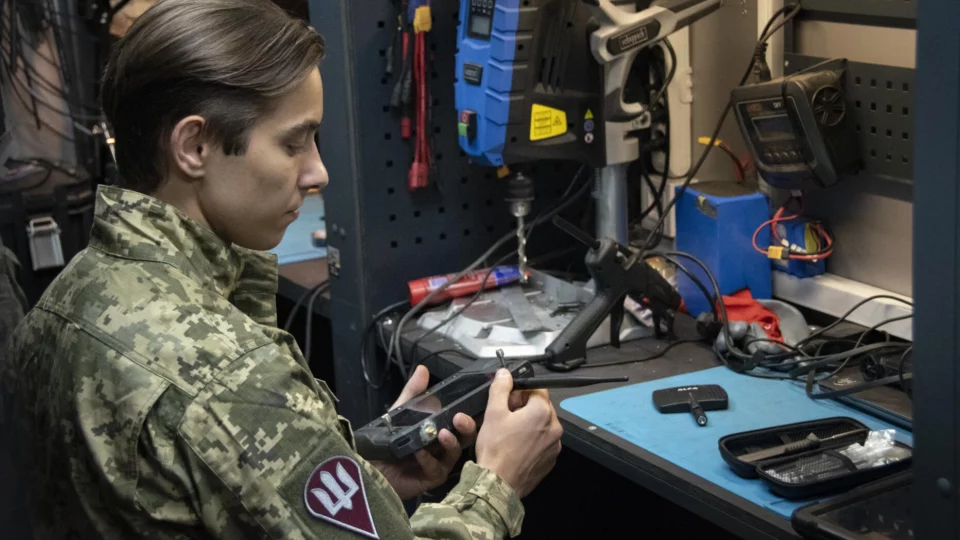
“‘Vampires’ aren’t some agro-drones — they’re UAVs born to deal death to the enemy”, says the company’s chief sergeant of heavy unmanned bombers, “Raf”.

During the night and morning of October 22, Russian occupation forces attacked Kyiv using ballistic weapons and strike drones. There are reports of dead and injured in the capital.
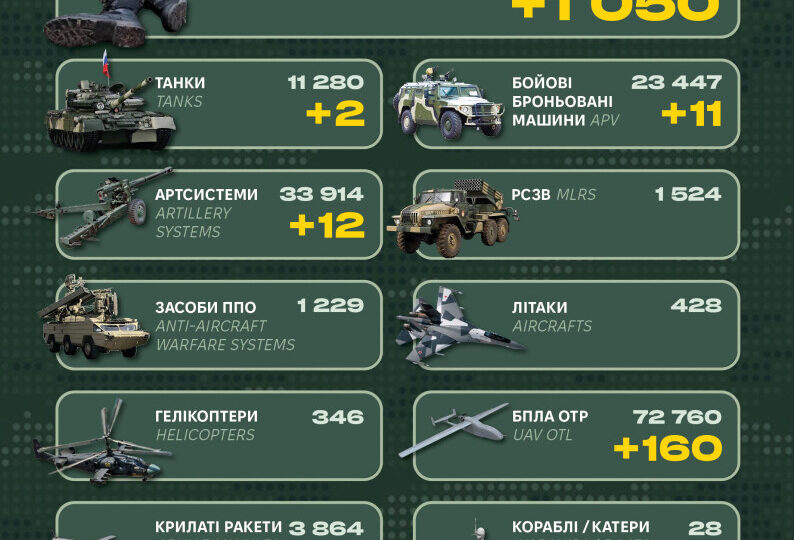
Over the past 24 hours, Russian invaders have lost 1,050 personnel and 282 units of equipment.
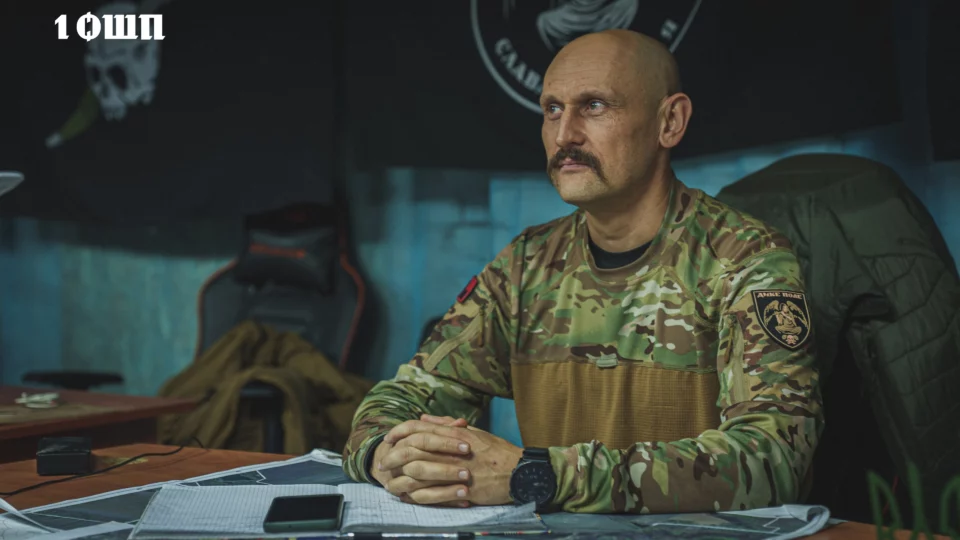
What should pay look like at the frontline and in the rear to sufficiently motivate military service?
Why can’t the war be won with drones alone, and what role do assault units play in modern warfare? How…